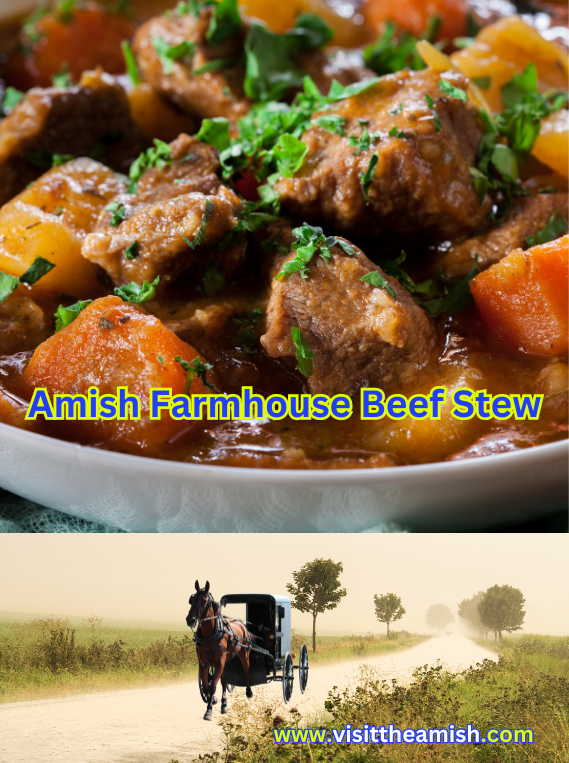Discover Maryland’s Amish Heartland: A Journey into Tradition and Tranquility
When one thinks of Maryland, images of bustling cities and coastal escapes often come to mind. However, beyond the urban sprawl and sandy shores lies a serene and enchanting world—the Amish communities of Maryland. In this captivating guide, we’ll navigate through the charming pockets of Amish culture in Maryland, exploring businesses, restaurants, and attractions that offer a glimpse into this timeless way of life.
Mary may be known for its bustling cities and coastal beauty, but hidden within its borders are the resilient Amish communities. In the rich tapestry of Maryland’s history, four distinct Amish settlements have left their mark, and today, three continue to thrive. These enduring communities can be found in the serene landscapes of Western Maryland, the tranquil corners of Southern Maryland, and the picturesque Eastern Shore. Each enclave offers a unique window into the Amish way of life, preserving traditions and values that have stood the test of time amidst the modern world.
1. The Amish Communities of St. Mary’s County
Nestled in the southern reaches of Maryland, St. Mary’s County is home to some of the state’s most vibrant Amish communities. The Amish community in St. Mary’s is the largest of three Amish settlements in Maryland. The community is located primarily along MD Routes 6 and 236 in New Market, Charlotte Hall and neighboring Charles County.
Embark on a journey to:
- Mechanicsville: A hub for Amish businesses, Mechanicsville boasts furniture stores, craft boutiques, and markets where you can find handcrafted treasures, from quilts to wooden furniture.
- Amish Markets: Don’t miss the bustling Amish markets scattered throughout St. Mary’s County, where you can purchase fresh produce, homemade preserves, and delectable baked goods.
2. Amish Restaurants for Authentic Dining
Exploring Amish country in Maryland is not complete without savoring the delicious flavors of traditional Amish cuisine. Here are some must-visit Amish restaurants:
- Amish Market & Deli (Charlotte Hall): A local favorite, this market offers a mouthwatering selection of sandwiches, soups, and homemade baked goods. Try the classic Shoo-Fly Pie for a sweet treat.
- Amish Country Farmers Market (Prince Frederick): This market features various vendors serving Amish specialties, including fresh-baked bread, cheese, and homemade jams. Don’t forget to indulge in the savory Pennsylvania Dutch pretzels.
3. Amish Country Attractions
Beyond the culinary delights and artisanal crafts, Maryland’s Amish country has plenty of attractions to offer:

- St. Clement’s Island Museum (Coltons Point): Dive into the history of the region, including the early settlers, at this intriguing museum located on the Potomac River’s shores.
- Historic St. Mary’s City: Step back in time and explore the recreated colonial town that was Maryland’s first capital.
- Piney Point Lighthouse Museum and Historic Park: Enjoy stunning views of the Potomac River from the lighthouse while learning about the maritime history of the area.
4. Cultural Immersion and Workshops
To gain a deeper understanding of Amish culture and traditions, consider these enriching experiences:
- Amish Farm Tours: Many Amish communities offer guided farm tours, providing insight into their daily lives, from farming practices to home-based businesses.
- Quilting and Craft Workshops: Participate in workshops led by Amish artisans to learn about traditional quilting, woodworking, and other crafts that have been passed down through generations.
Introduction to St. Mary's County Amish and Mennonite Markets from Balance Productions LLC on Vimeo.
Conclusion: A Timeless Journey into Maryland’s Amish Country
Maryland’s Amish communities are a testament to the enduring allure of tradition, craftsmanship, and a slower pace of life. As you explore St. Mary’s County and its charming towns, dine on hearty Amish fare, and engage with the warm and welcoming Amish locals, you’ll not only create cherished memories but also gain a profound appreciation for the timeless traditions that thrive in Maryland’s Amish heartland. So, embark on this enchanting journey, where the past and present coexist harmoniously, and immerse yourself in the captivating world of Maryland’s Amish communities.
















